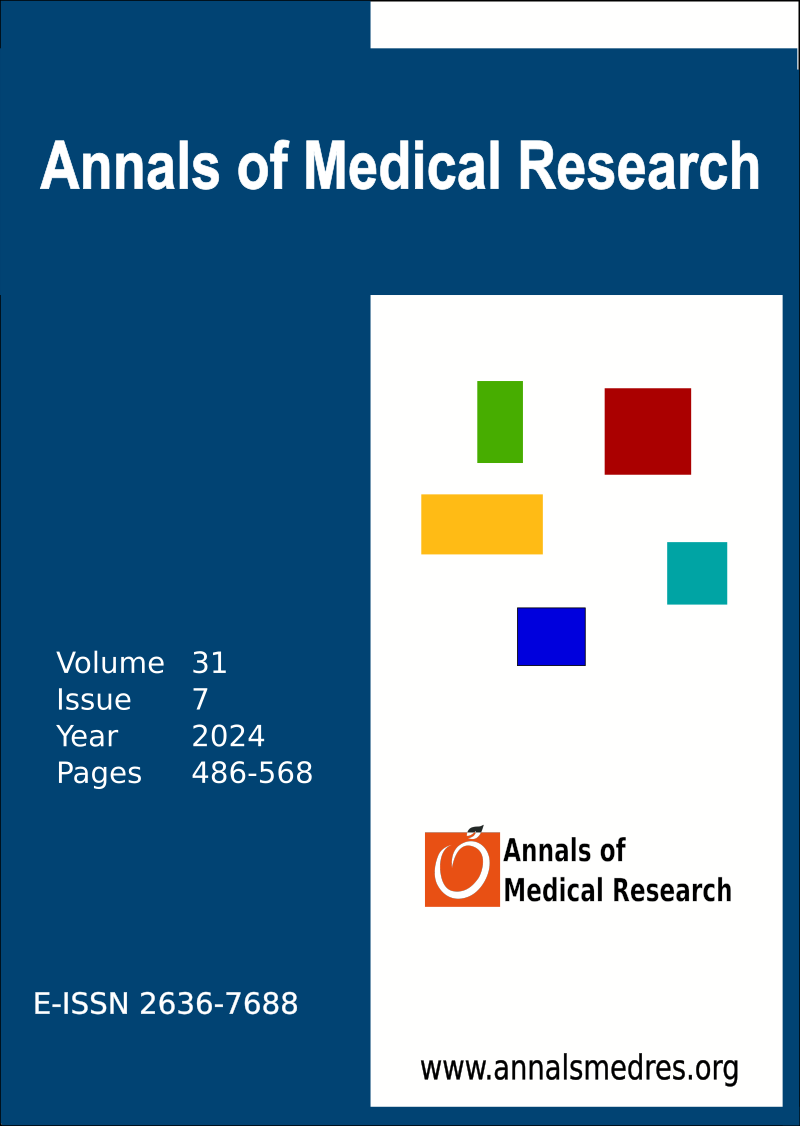Shikimic acid, cyclohexene as a hydroaromatic intermediate, harbors potent in vitro antimicrobial activity
Keywords:
Shikimic acid, Shikimate, Hydroaromatic intermediate, Antibacterials, Antifungals, Pharmaceutical compoundAbstract
Aim: Shikimic acid is a hydroaromatic intermediate in the amino acid biosynthesis pathway in bacteria, fungi, and plants. Shikimic acid is an essential agent in applied sciences, especially in pharmacy and medicine. It can be used as a reactant in organic synthesis to obtain various medicinal drugs. This study aims to evaluate the antibacterial and antifungal properties of shikimic acid comparatively and to determine the minimum inhibitory concentrations (MIC) of shikimic acid against the tested Candida and bacterial species.
Materials and Methods: The inhibitory effect of pure (98.85%) shikimic acid was tested on five bacteria (two Gram-positive and three Gram-negative) and five Candida species. The broth two-fold microdilution method was used to determine the MIC values against the tested microorganisms, and the viability of microorganisms treated with shikimic acid was determined using resazurin sodium salt.
Results: The MIC values of shikimic acid against Candida glabrata, Candida albicans, Candida krusei, Candida tropicalis and Candida parapsilosis were determined to be between 250 and 31.25 mg/mL. However, the MIC values against bacterial species, including Pseudomonas aeruginosa, Escherichia coli, Klebsiella pneumoniae, Staphylococcus aureus and Enterobacter aerogenes, ranged between 15.625 and 3.906 mg/mL. Therefore, the antibacterial effect of shikimic acid is almost twenty times stronger than its antifungal effect.
Conclusion: This preliminary study shows that shikimic acid is also usable as an antibacterial and antifungal as a potential therapeutic agent in addition to its proven antiviral properties. Further, advanced studies in this sense will be eye-opening.
Downloads
Published
Issue
Section
License
Copyright (c) 2024 Annals of Medical Research

This work is licensed under a Creative Commons Attribution-NonCommercial-NoDerivatives 4.0 International License.
CC Attribution-NonCommercial-NoDerivatives 4.0






